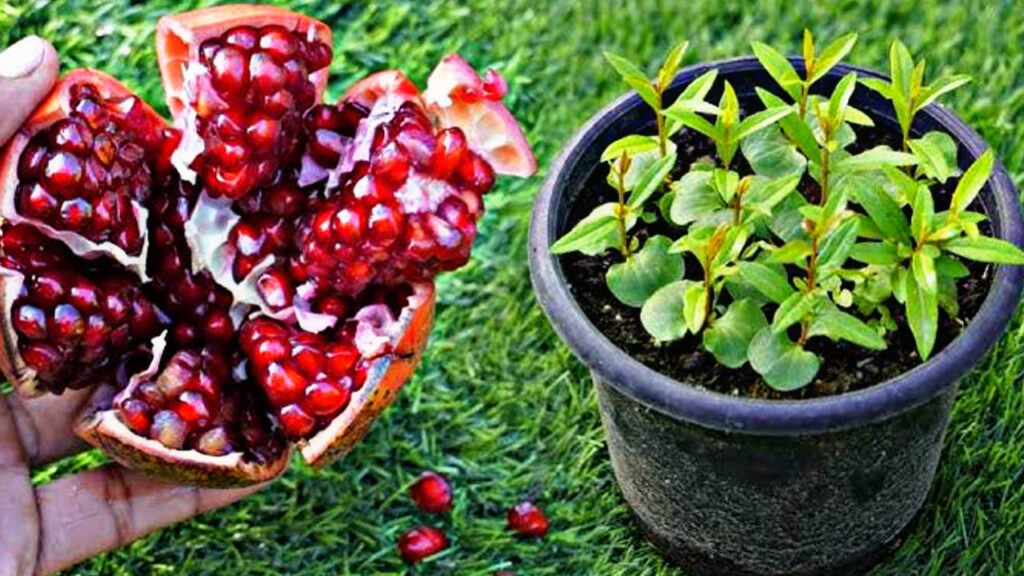Tips
Growing a pomegranate tree at home is a rewarding and surprisingly simple process. Known for their jewel-like seeds and sweet-tart flavor, pomegranates not only produce delicious fruit but also add beauty to your garden. Whether you have a backyard or just a sunny balcony, with the right conditions and care, you can enjoy your own homegrown pomegranates. Here’s a step-by-step guide to get started.

1. Choose the Right Variety
Before planting, choose a pomegranate variety that suits your climate. Some popular types include ‘Wonderful’, ‘Angel Red’, and ‘Nana’ (a dwarf variety ideal for containers). If you live in a cooler region, opt for cold-hardy varieties or plan to grow the tree in a pot that can be moved indoors during winter.
2. Select a Suitable Location
Pomegranates thrive in full sun, so pick a location that receives at least 6 hours of sunlight daily. Good drainage is also important. These trees don’t like “wet feet,” so avoid spots where water tends to pool after rain.

3. Planting the Tree
You can start from seed, cutting, or a young tree from a nursery. While seeds are fun to grow, they take years to produce fruit. For quicker results, use a cutting or nursery plant. If planting in the ground, dig a hole twice as wide as the root ball and just as deep. Place the tree in the hole, backfill with soil, and water thoroughly.
For container planting, choose a pot at least 18 inches wide with good drainage. Use a quality potting mix and make sure the pot is placed where it gets plenty of sunlight.
4. Watering and Feeding
Pomegranate trees are drought-tolerant once established but benefit from regular watering, especially during flowering and fruiting. Water deeply about once a week. During hot, dry spells, you may need to water more often.
Fertilize in early spring with a balanced fertilizer or compost. Avoid overfeeding, as this can lead to excessive leaf growth at the expense of fruit production.

5. Pruning and Maintenance
Prune your pomegranate tree annually to shape it and remove dead or weak branches. This encourages healthy growth and better fruiting. You can also thin out inner branches to allow more sunlight and air to circulate.
For container trees, regular pruning is essential to keep the tree compact and manageable.
6. Pollination and Fruiting
Most pomegranates are self-pollinating, but having more than one tree nearby can increase fruit yield. Flowers usually appear in late spring to early summer, and fruits are ready to harvest in late summer through fall. The fruit is ripe when it feels heavy, makes a metallic sound when tapped, and has a deep red color.
7. Pests and Problems
Pomegranates are generally hardy, but keep an eye out for aphids, whiteflies, and fungal issues. Regular inspection and organic treatments, like neem oil, can help manage pests naturally.
With patience and care, growing a pomegranate tree at home can be a fruitful journey literally. Whether you plant one in your backyard or on your balcony, the satisfaction of harvesting your own healthy, homegrown pomegranates is worth the effort.





